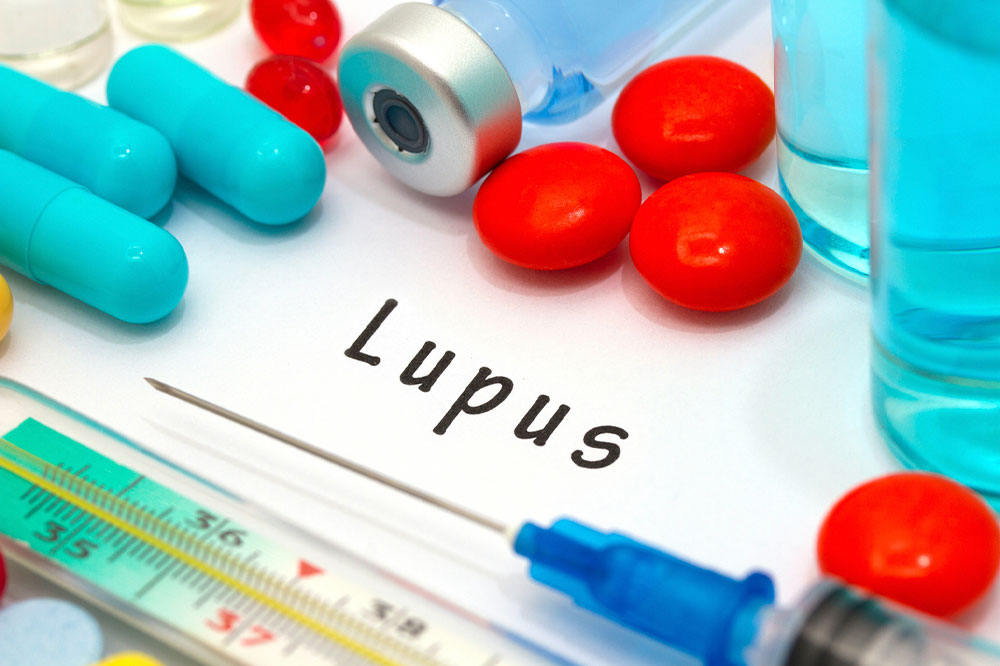Understanding Key Symptoms of Sarcoidosis
This article explores the symptoms of sarcoidosis, highlighting common signs, early indicators, and the potential for remission or chronic disease. Understanding these symptoms can aid early diagnosis and management of this complex autoimmune disorder.
Sponsored

Sarcoidosis is an autoimmune condition typically impacting individuals aged 20 to 40. It triggers inflammation in vital organs such as the heart, brain, eyes, skin, and lungs. Commonly, symptoms emerge when the lungs and lymph nodes are affected, forming nodules or inflamed tissues. Often, the disease remains silent and resolves independently, but in rare cases, symptoms can be severe, disrupting daily life. Early signs include mild fever, swollen lymph nodes, painful joint swelling, and tender red lumps on legs, collectively known as erythema nodosum. Additional symptoms depend on affected organs, including cough, chest pain, irregular heartbeat, fatigue, headaches, vision issues, facial or limb numbness, skin rashes, and enlarged lymph nodes. While some patients experience remission after several years, chronic sarcoidosis can cause lasting organ damage, requiring symptom relief treatments. Continued research is essential for developing better therapies.






